In 2018, two unnamed private investors plan to embark on a one-week mission past the moon, into deep space, and then back to Earth.



The real, and only, reason the US government suddenly has a fire lit under its ass to get back to the Moon.
Beijing (AP) — China is developing an advanced new spaceship capable of both flying in low-Earth orbit and landing on the moon, according to state media, in another bold step for a space program that equaled the U.S. in number of rocket launches last year.
The newspaper Science and Technology Daily cited spaceship engineer Zhang Bainian as saying the new craft would be recoverable and have room for multiple astronauts. While no other details were given in the Tuesday report, Zhang raised as a comparison the Orion spacecraft being developed by NASA and the European Space Agency. The agency hopes Orion will carry astronauts into space by 2023.
China’s Shenzhou space capsule used on all six of its crewed missions is based on Russia’s Soyuz and is capable of carrying three astronauts in its re-entry module.
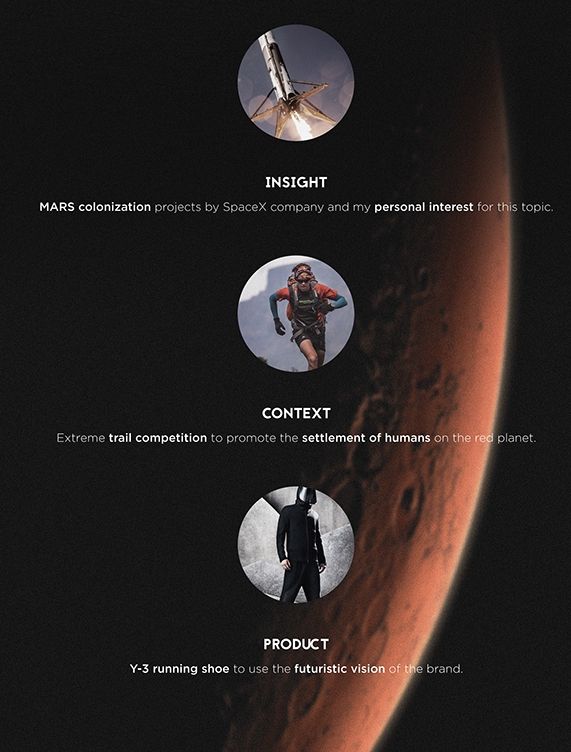
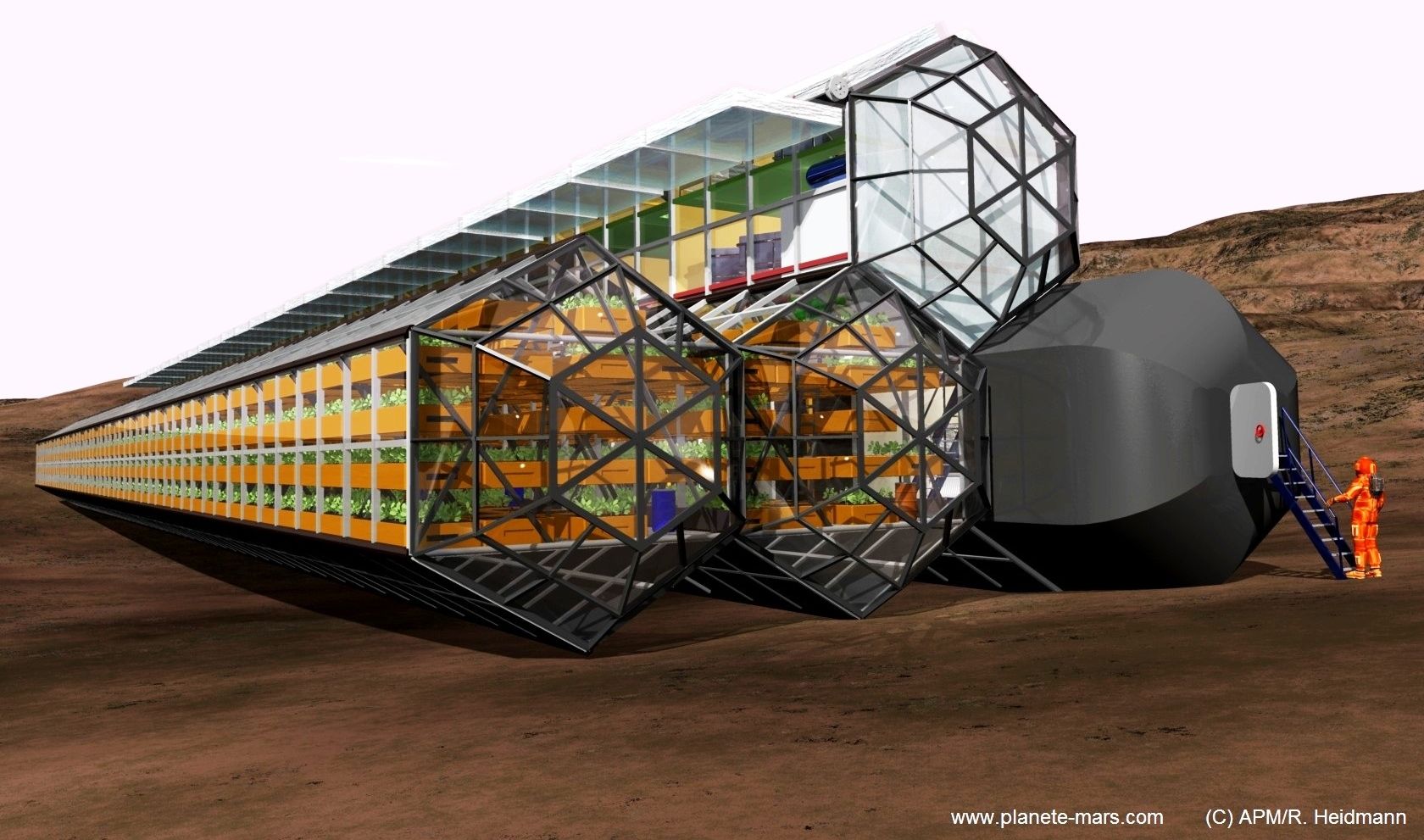
Article by Richard Heidmann, Association Planète Mars vice president – English translation by Etienne Martinache.
After having analyzed the targets assigned by SpaceX to its project of an Earth-Mars transportation system which is supposed to set up and serve a Martian settlement (see “l’étude MCT” on the site www.planete-mars.com), we decided to address the issue of an essential aspect of the feasibility of the project, the design of the living areas (pressurized enclosures).
This aspect was subject to many proposals, even though most of previous documented studies applied to upstream phases of human presence, those of exploration from a temporary base or from a permanent base with few residents and limited self-sufficiency. The consequences of the specific constraints related to a mass production of these enclosures, essentially from local resources, have seldom been considered.

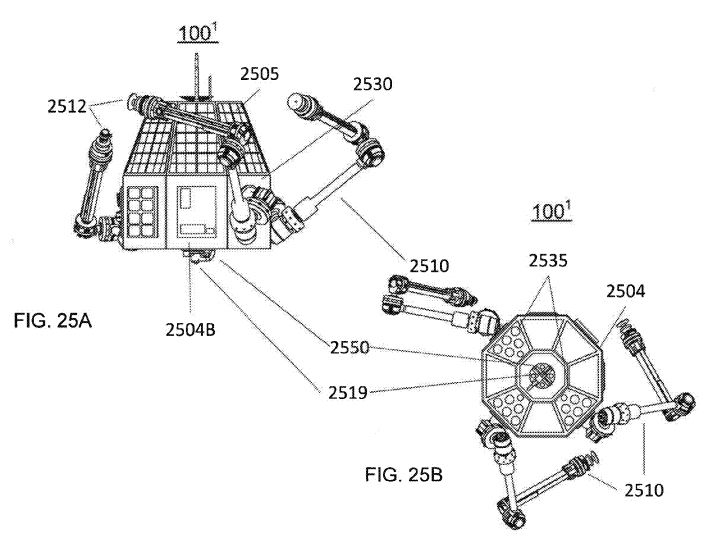
A newly published patent from Made in Space describes several systems that could be used for 3D printing in space. These include, “a system and method for assembling a spacecraft such as a satellite in space.”
Michael Snyder, Chief Engineer and co-founder at Made in Space, is named as inventor on the patent.
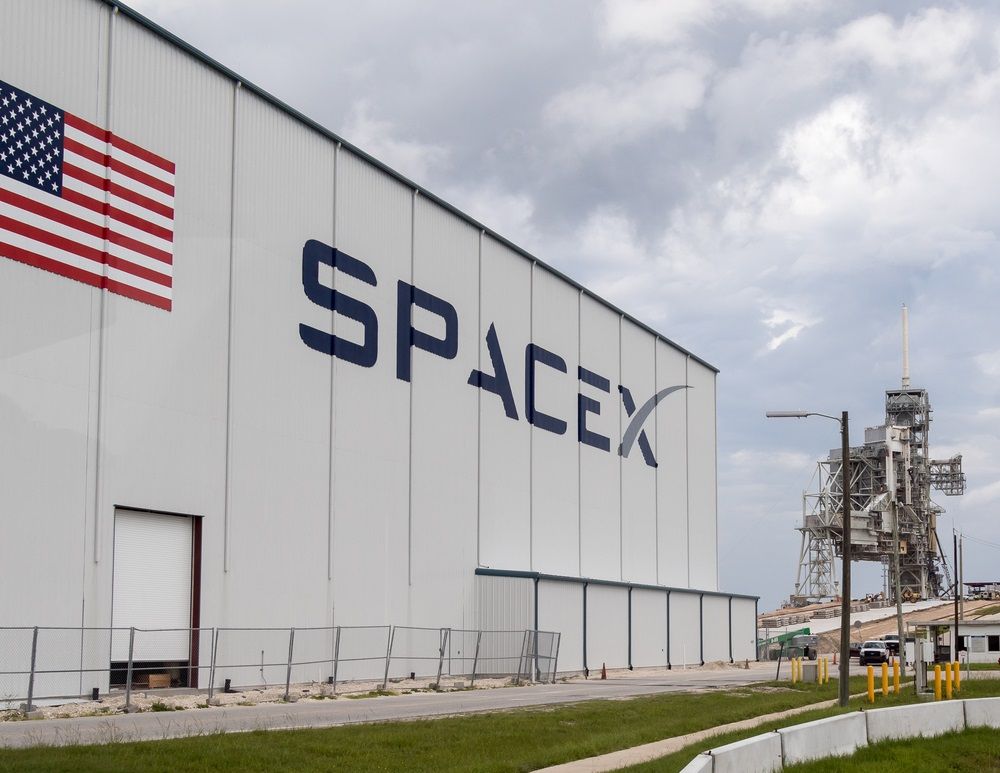
SpaceX hopes to take paying passengers into deep space next year. Is this a real business or an ego trip?
An awfully big adventure
Elon Musk announced on Monday (27 February) that his space company SpaceX has been contracted by two private citizens to circumnavigate the moon and return to Earth late in 2018. The mission will not land on the Moon but the two privileged individuals will get close. And they have already paid a substantial deposit.
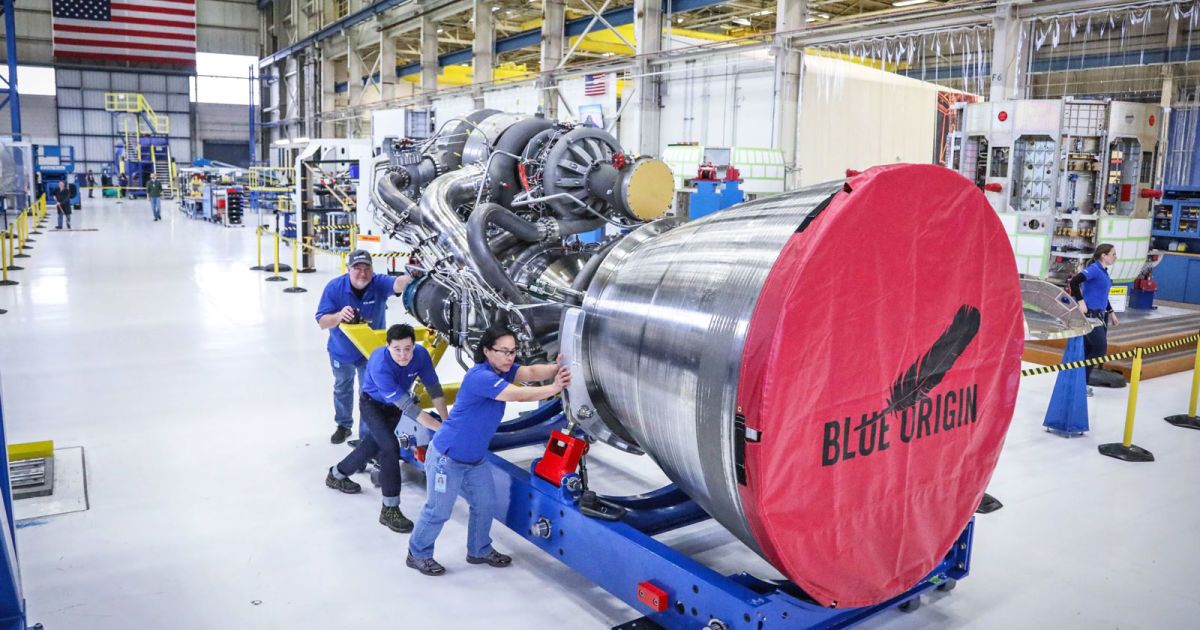

The burgeoning space-transportation company owned by Amazon.com chairman Jeff Bezos this week is expected to announce some customers and new initiatives, the latest step toward its long-term goal of building rockets powerful enough to penetrate deep into the solar system, according to industry officials.
Continue Reading Below
The moves by the typically secretive Mr. Bezos, these officials said, are anticipated to disclose further details about Blue Origin LLC’s strategy to create a family of reusable rockets initially intended to take tourists on suborbital voyages, and then propel spacecraft into Earth’s orbit and eventually blast both manned and robotic missions to the Moon and various planets.
A laser phased array directed energy system has been designed and simulated. Lubin and Hughes calculated the requirements and possibilities for DE-STAR systems of several sizes, ranging from a desktop device to one measuring 10 kilometers, or six miles, in diameter. Larger systems were also considered. The larger the system, the greater its capabilities.
For instance, DE-STAR 2 – at 100 meters in diameter, about the size of the International Space Station – “could start nudging comets or asteroids out of their orbits,” Hughes said. But DE-STAR 4 – at 10 kilometers in diameter, about 100 times the size of the ISS – could deliver 1.4 megatons of energy per day to its target, said Lubin, obliterating an asteroid 500 meters across in one year.
The speed of interplanetary travel – far beyond what is possible with chemical propellant rockets used today – could be increased with this sized system, according to Lubin. It could also power advanced ion drive systems for deep space travel, he said. Able to engage multiple targets and missions at once, DE-STAR 4 “could simultaneously evaporate an asteroid, determine the composition of another, and propel a spacecraft.”